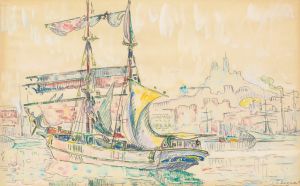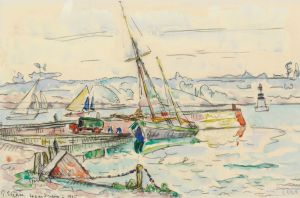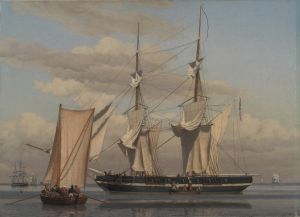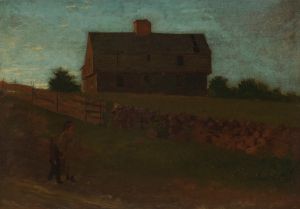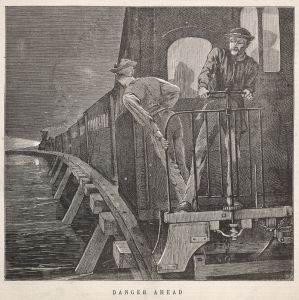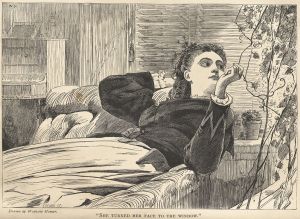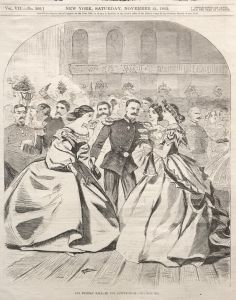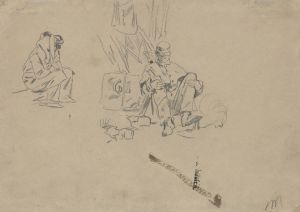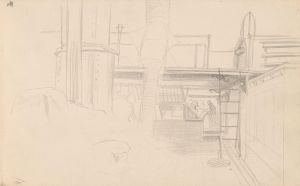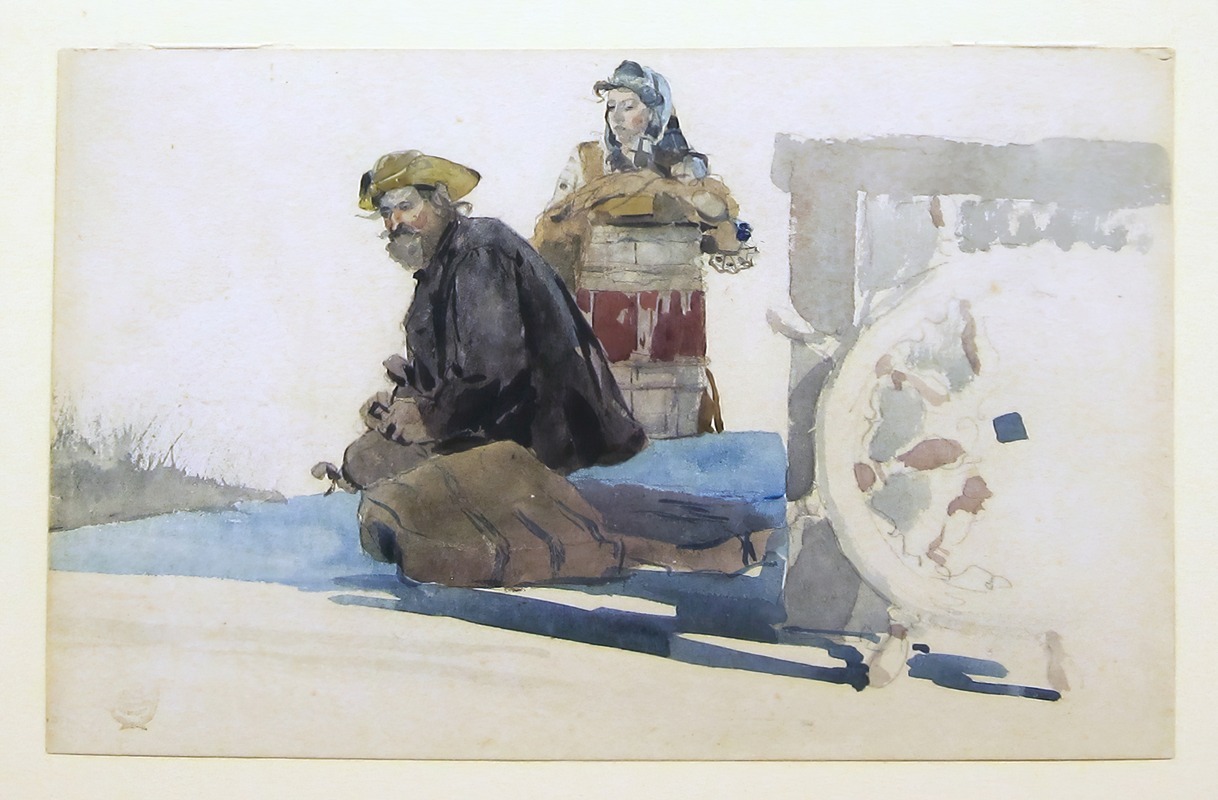
Deck Passengers
A hand-painted replica of Winslow Homer’s masterpiece Deck Passengers, meticulously crafted by professional artists to capture the true essence of the original. Each piece is created with museum-quality canvas and rare mineral pigments, carefully painted by experienced artists with delicate brushstrokes and rich, layered colors to perfectly recreate the texture of the original artwork. Unlike machine-printed reproductions, this hand-painted version brings the painting to life, infused with the artist’s emotions and skill in every stroke. Whether for personal collection or home decoration, it instantly elevates the artistic atmosphere of any space.
Winslow Homer, an influential American artist known for his landscape and marine subjects, created the painting "Deck Passengers" in 1873. This work is a part of Homer's exploration of everyday life and the human condition, themes that he frequently revisited throughout his career. "Deck Passengers" is an oil painting that captures a scene aboard a ship, focusing on the passengers traveling on the deck.
The painting is notable for its realistic portrayal of the passengers, who are depicted in a variety of poses and expressions, suggesting a range of emotions and social interactions. Homer's attention to detail and his ability to convey the nuances of human behavior are evident in this work. The composition of "Deck Passengers" reflects Homer's interest in the dynamics of group settings and the individual stories within them.
Homer's use of color and light in "Deck Passengers" is characteristic of his style during this period. The palette is relatively subdued, with a focus on earthy tones and muted colors that reflect the natural environment. This choice of color helps to emphasize the realism of the scene and the ordinariness of the passengers' experience. The lighting in the painting is carefully managed to highlight certain figures and create a sense of depth and space on the deck.
The setting of the painting, aboard a ship, is significant as it reflects the era's reliance on maritime travel and the diverse cross-section of society that could be found on such voyages. During the 19th century, ships were a primary mode of transportation for people traveling for business, leisure, or immigration. Homer's depiction of deck passengers offers a glimpse into this aspect of 19th-century life, capturing the transient nature of travel and the interactions between people from different backgrounds.
"Deck Passengers" is part of a broader body of work by Homer that examines themes of travel, transition, and the human experience. His interest in these themes can be seen in other works from the same period, where he often focused on the ordinary moments of life and the subtle interactions between people and their environments.
Winslow Homer is considered one of the foremost painters of 19th-century America, and his works continue to be celebrated for their technical skill and insightful portrayal of human life. "Deck Passengers" exemplifies his ability to capture the essence of a moment and the complexity of human emotions within a seemingly simple scene. The painting is a testament to Homer's keen observation skills and his commitment to depicting the world around him with honesty and depth.
Today, "Deck Passengers" is appreciated not only for its artistic merit but also for its historical significance, offering viewers a window into the past and the everyday experiences of people during Homer's time. The painting remains an important part of Homer's oeuvre and continues to be studied and admired by art historians and enthusiasts alike.





